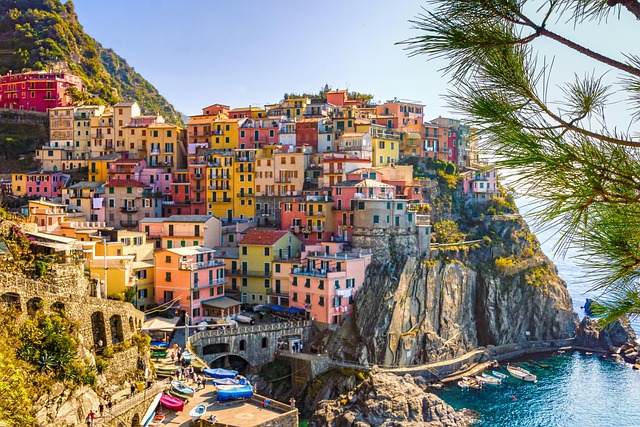A country so overflowing with history like Italy hides treasures and beauties everywhere, from the most intimate places far from the chaos of the city, right up to the most suggestive corners of our cities.
But the “inattentive” tourist could miss some real treasures located in the major cities of the Peninsula: here, from south to north, what the largest Italian cities hide.
Palermo: why go to Mondello
Let’s talk about Mondello, one of the most characteristic coastal districts of the whole of Southern Italy, which boasts incredible liberty-style architectural examples, together with the famous beach.
Bari: why visit Santo Spirito
Santo Spirito is famous for the numerous boats docked in this small port; the Bari district was absorbed by the city of Bari in the 1920s.
Naples: a dreamy Posillipo
Posillipo is a neighborhood that needs no introduction, with its glimpses and views it offers a breathtaking view of the Campania capital.
Rome: why take via Tuscolana
In Rome, walking along via Tuscolana towards the suburbs, one can come across the Parco degli Acquedotti (continuation of the Parco dell’ Appia Antica ); the two Roman aqueducts offer incredibly suggestive landscapes.
In Florence, the Castello district to discover
It is located north of Florence, perched on the hill of Quarto which, in addition to overlooking the entire Florentine landscape, contains a large number of late medieval villas and castles.
Bologna: why visit Porto Saragozza
It is a recently formed district that offers very suggestive walks; in fact, it starts from the city center and can be reached as far as the foothills of the Bolognese hills, passing through many city monuments such as the Arco del Meloncello.
Genoa: and the beauty of Nervi
The flagship of the eastern part of Genoa is the Nervi district, where you can take a breathtaking walk (named after Anita Garibaldi); it is full of parks, villas, churches, and enchanting ports.
Milan: what to see in Chiaravalle
Chiaravalle is a very ancient southern district born in the Middle Ages around a Cistercian abbey; over the centuries the latter has become an abbey complex that now characterizes the entire urban area.
Turin: don’t miss the Lingotto
The Lingotto is a neighborhood born in the 1920s as a residential area dedicated to FIAT workers; today, it has many commercial attractions such as fairs, as well as some recent monuments such as the Oval Lingotto.

It could cover a range of topics related to health, wellness, beauty, personal growth, and social issues, all from the perspective of striving for beauty, intelligence, youthfulness, and impartiality
